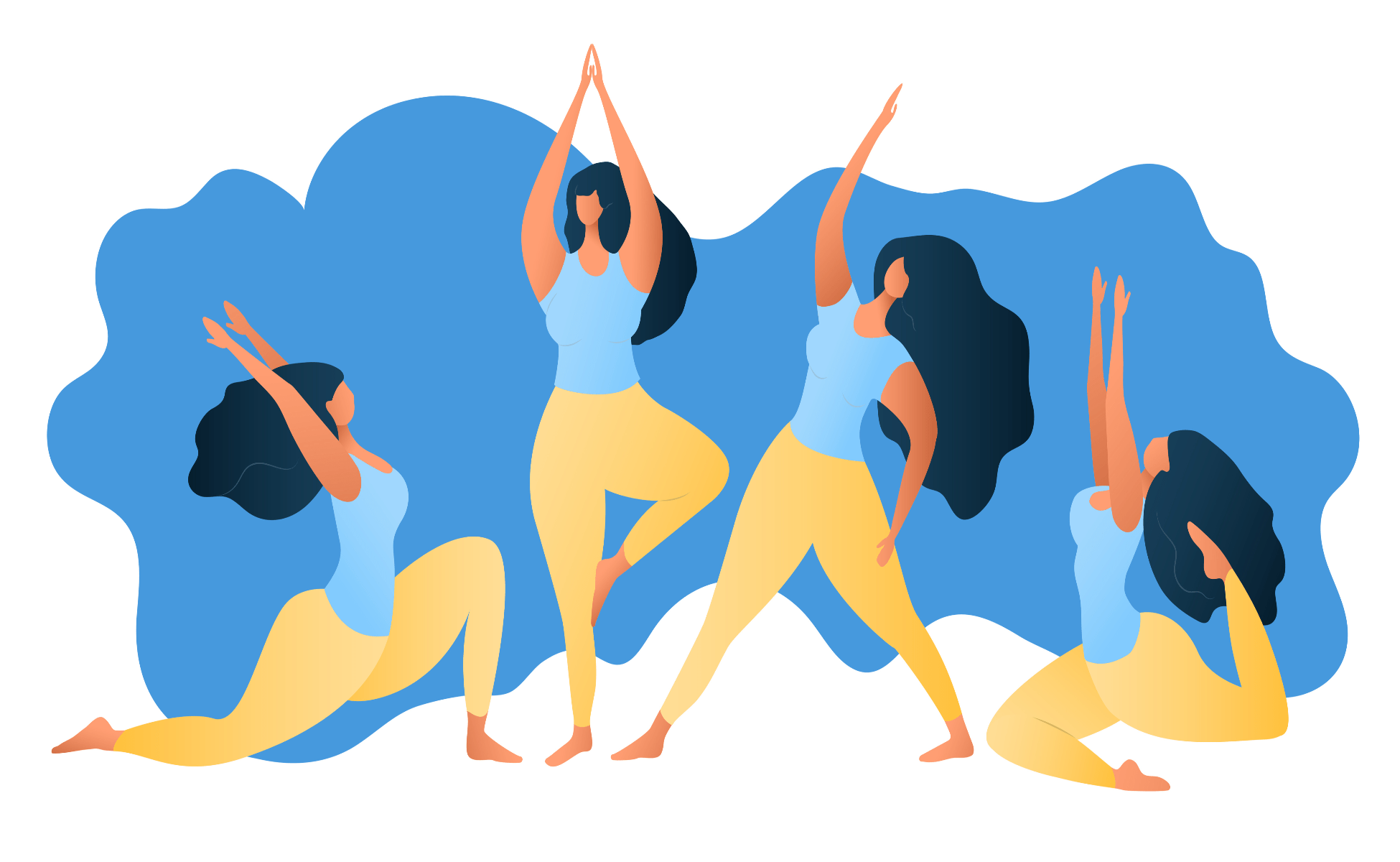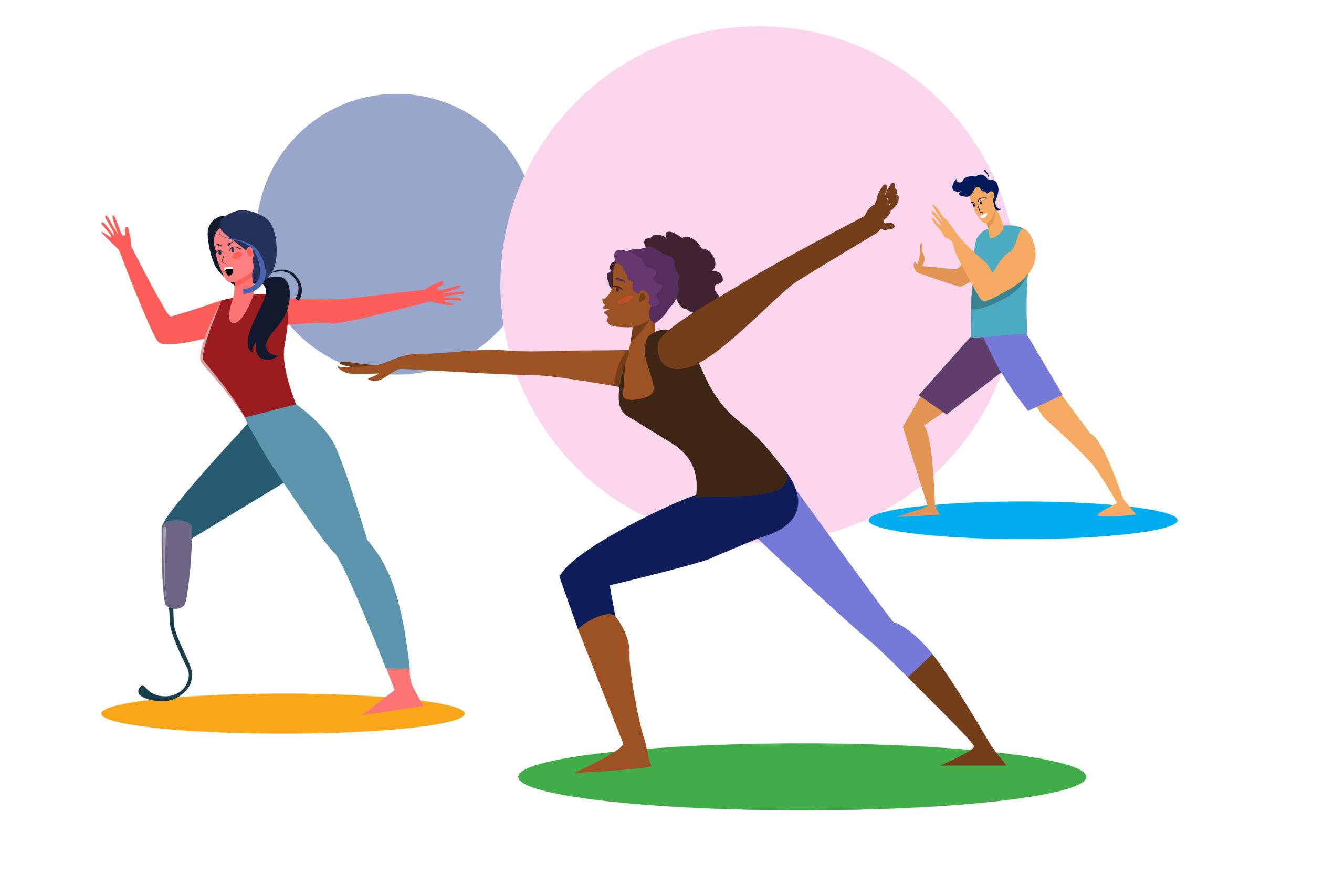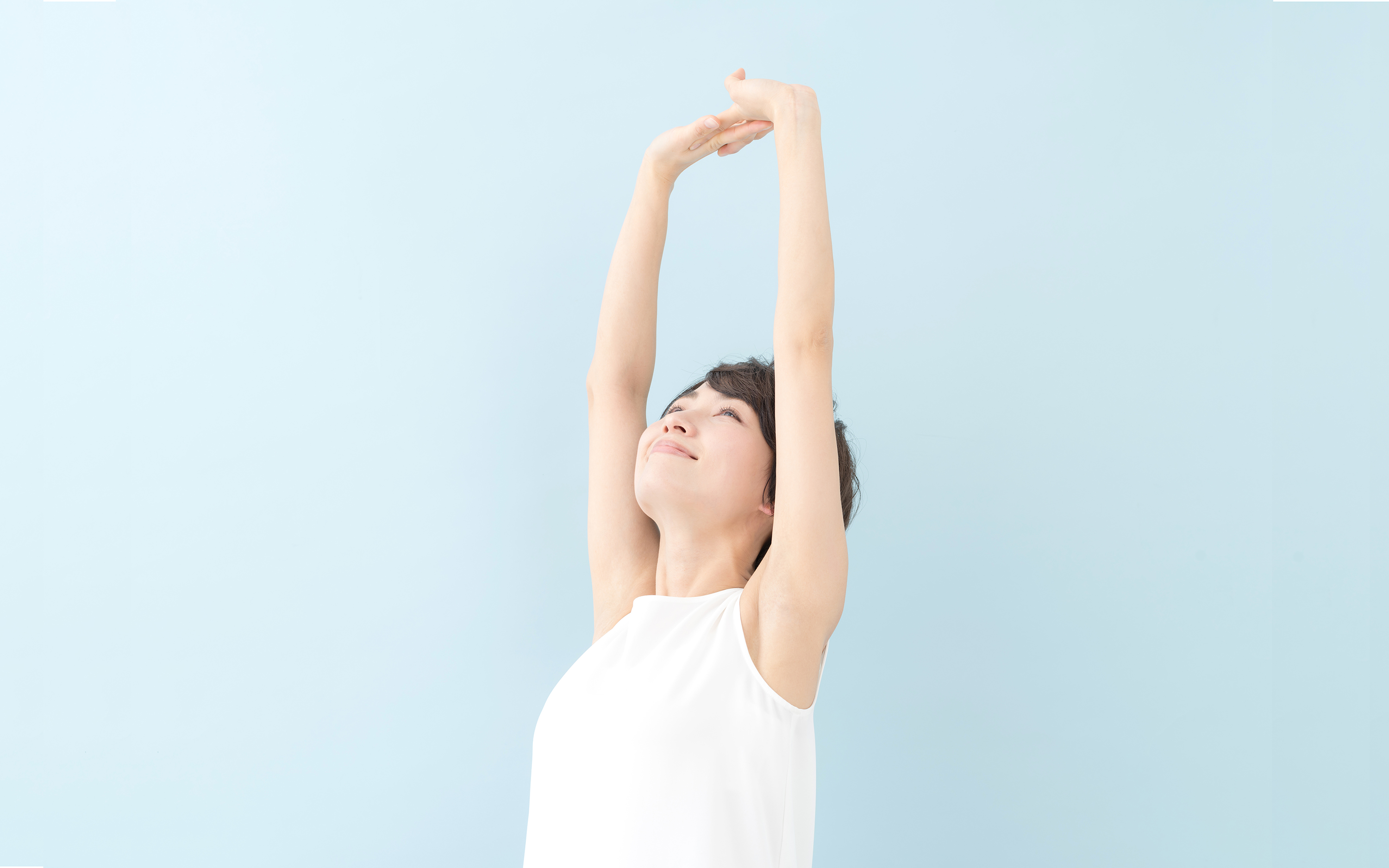In the past, I’ve struggled with seated meditation because when I remove distractions, it feels like an opportunity for anxious thoughts to take over. Mindful movement has felt more manageable to me because there is more to focus on. As I’ve practiced yoga more, it’s become easier for my mind to settle and seated meditation now feels accessible to me when it didn’t before. I had some questions about this and went to Cara Bradley, a mind-body expert and mindful movement instructor for her advice on times when it feels like there’s a mental barrier to seated, still meditation.
Ava Whitney-Coulter: To start off, not all movement is mindful, so what makes mindful movement different?
Cara Bradley: What makes movement mindful is when we place all of our attention on movement and the body and what’s happening in the body as you move; the sensations that are arising, even the thoughts. A seated formal mindfulness practice would be, for the most part, paying attention to your body sensations, breath, thoughts, and emotions. The mindful movement practice doesn’t change the practice all that much. It just adds movement as an anchor for your attention. Any movement can be mindful.
AWC: One thing that I’ve noticed is the importance of anchoring our attention in both seated mindfulness practice and mindful movement. I’m wondering if you can tell me about why it’s important to have that kind of anchor.
CB: I think anchors are essential, especially when you first start this practice, because our minds are untrained. Often, the metaphor used is the untrained puppy dog that’s not on a leash, that will go anywhere the new smell is. An untrained mind is very much like that. To have an anchor to hold our attention and to gently pull ourselves back is essential.
That’s the beautiful thing about a mindful movement practice. You get to use your body as an anchor for your attention. The movement gives the mind something more to do than just focus on the breath, which is so elusive.
I start with the breath as my anchor in all of my meditation practices, including movement, but it could also be physical sensation. It could be heartbeat, it could be the body, and that’s the beautiful thing about a mindful movement practice. You get to use your body as an anchor for your attention. The movement gives the mind something more to do than just focus on the breath, which is so elusive.
AWC: Sometimes you talk in your work about this “state of coherence,” which is my next question and I feel like it relates a bit to the anchors. I’m wondering if you can tell me about what that is and how you get there.
CB: Coherence really just means harmony or balance. It’s a state where we feel good. Some people go to the beach and lie down in the sand and just listen to the waves of the ocean and come into a coherent state because there’s something very rhythmic about the waves. Then the body starts to entrain or synchronize with the rhythms, and whenever we start to come into rhythm, we feel better. It’s like rocking a baby. Instinctually, whether you’re a mother, a parent, or not, your instinct is to rock the baby because that rhythm in the entrainment that helps to soothe the baby.
The first thing that we’re doing in coherence and in the work that I do is addressing our nervous system. At any given point in time, we’re either aroused or we’re relaxed, and the arousal happens with each inhale. With every exhale, we come into a more relaxed state. If we are stressed or hyperstimulated we may not take full exhales. There may not be that moment when you come into a more relaxed state. If we’re at a sports game or if we’re in a controversial meeting, something is aggravating us, or upsetting us, we’re going to be in this hyper-aroused state. What happens, unfortunately, for most of us in this time is that we live in a chronically aroused state. To bring ourselves back into balance, into coherence, where we’re both aroused and relaxed in a more balanced way, I always use the breath.
Coherent breathing is a breath pattern that’s between four to six seconds per inhale and four to six seconds per exhale. When we breathe this way, we bring the nervous system back into balance so it’s not too hyper-aroused and it’s not too understimulated. That is really the state of mindfulness because mindfulness is calm clarity, it’s being both at the same time.
AWC: You said that the ideal time for breathing is five seconds in and five seconds out. I don’t know about you, but for me, I tried to do that and it felt quite long. Is that something that gets easier with practice?
CB: Absolutely. The diaphragm is the primary breathing muscle, and it helps us to inhale and exhale. We need that diaphragm in order to be able to take these nice, deep, rhythmic breaths. If we spend most of our days in hyperarousal or a chronically stressed state and we don’t exhale fully, your diaphragm stops working optimally. When we are starting any kind of breathwork, start slowly, just like when you go to the gym.
AWC: Similarly, in my personal experience, I found that seated meditation became easier after I had practiced yoga for a while. I’m wondering if that ties in with what you said about training your mind.
CB: I’ll tell you an interesting story. My yoga studio was also the home of a meditation school and when I was teaching meditation, sometimes people would come in right from a yoga class. Other people would come in off the street, just out of their busy day, and come to meditation class. There was a complete difference in their ability to focus on breath, to drop into their body, to settle into their practice. I like to think about it like they’re halfway up the mountain already. They’ve gotten the nervous system more regulated.
It’s about giving your mind something tangible to do. Mindful movement doesn’t have to be hard, in fact, it shouldn’t be because if it’s too hard, it’s only going to agitate our system that much more.
AWC: The concept of mindful movement or yoga may bring up an image of hard work or exercise. Do you have any advice for people to overcome that kind of hurdle?
CB: Like I said before, we can make any movement mindful. Sometimes personally, if I feel agitated, I make soup. I literally take out the carrots, the celery, the onions, the garlic and I just chop. No music, no headphones, and I just come into rhythm. It’s about giving your mind something tangible to do. Mindful movement doesn’t have to be hard, in fact, it shouldn’t be because if it’s too hard, it’s only going to agitate our system that much more.
For other people, it’s gardening, it’s weeding, cleaning, sweeping, folding laundry. There’s something to do with the rhythm that I think is really overlooked in our culture. Dr. Bruce Perry has studied rhythm and says that rhythm is the fastest way to move out of a high anxiety state. It doesn’t only have to be movement that’s rhythmic, it could be even listening.
READ more
Getting Started with Mindful Movement
Riding a bike, lifting weights, sweating it out on a treadmill—each can be a mindfulness practice. Whatever the physical activity, instead of simply working out to master a skill or improve your condition, you can move and breathe in a way that shifts you from feeling busy and distracted to feeling strong and capable.
Read More
Using Yoga to Stretch the Mind
It’s nice to be strong and flexible, but it’s more important to try, with practice, to see yourself more clearly.
Read More
Mindful Movement to Ease into Sleep
9 Minutes: Let go of the day’s tension and prepare for bed with this simple movement practice and breathing meditation.
Read More










